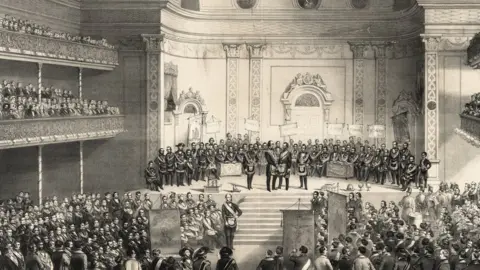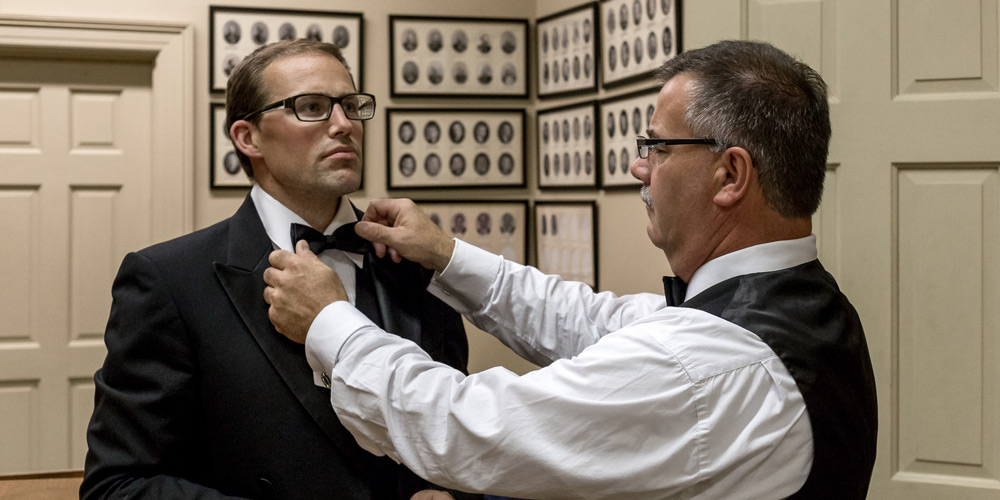Checking Out the Mysteries of the copyright: What You Need to Know
The copyright, a term typically shrouded in intrigue and controversy, stands for an intricate tapestry of historical reality and contemporary misconception. Developed in the late 18th century, this secret culture was initially rooted in the Knowledge's perfects yet has actually because ended up being associated with conspiracy concepts about elite control.
Beginnings of the copyright
The beginnings of the copyright are steeped in a blend of historic intrigue and ideological fervor. Established in 1776 in Ingolstadt, Bavaria, by Adam Weishaupt, the team was at first formed as a secret culture aimed at promoting Enlightenment perfects such as reason, secularism, and the splitting up of church and state. join freemason. Weishaupt, a professor of canon legislation, sought to test the prevailing authority of the church and state, which he checked out as overbearing institutions stifling intellectual and individual freedom
The copyright sought to hire influential participants from numerous societal markets, including national politics, academia, and the arts, to promote a network devoted to these Knowledge principles. The society operated under a shroud of privacy, using coded language and rituals to shield its participants from oppression, especially given the repressive climate of the time. The copyright dealt with significant resistance from both governmental authorities and religious organizations, which viewed the team as a risk to their power.
Key Figures and Participants
That were the pivotal figures that formed the copyright's very early influence and instructions? The Bavarian copyright, established in 1776 by Adam Weishaupt, arised as an action to the overbearing social structures of the time.
Another significant figure was Johann Gottlieb Fichte, a noticeable thinker whose ideas on nationalism and education and learning reverberated with the copyright's goals. Although Fichte was not a formal member, his thoughtful foundations influenced the team's belief. In addition, numbers like the author and philosopher Johann Wolfgang von Goethe were related to the wider intellectual movements of the moment, although their direct participation with the copyright remains questioned.
These vital numbers contributed to the copyright's early instructions, pushing the borders of political and social idea, while their collective initiatives intended to challenge well-known norms and foster a climate of dynamic adjustment in Europe. (join freemason)
Misconceptions vs. Reality
Many false impressions border the copyright, often mixing reality with fiction in a manner that obscures its real nature. This secret society, originally established in 1776 in Bavaria, intended to advertise Knowledge perfects and combat spiritual and political fascism. The notion that the copyright remains to apply substantial influence over world events is a myth. While the team did exist, it was dissolved in the late 18th century and has actually content not operated as a cohesive entity ever since.
Another widespread myth is that the copyright comprises a network of elite people manipulating international affairs. Actually, numerous conspiracy concepts overemphasize the team's relevance, attributing unproven objectives to societal trends and occasions. This has actually led to an oversimplified view of complex problems.
Additionally, the representation of the copyright in popular society commonly more distorts its heritage. Films and literature tend to sensationalize the organization's function, developing a narrative that splits from historical realities. Understanding the distinction between the myths and the truth additional hints of the copyright is important for discerning the authentic influence of this historical group and identifying the broader effects of conspiracy theories in contemporary culture.

Modern Interpretations
Contemporary interpretations of the copyright typically reflect more comprehensive societal anxieties and a fascination with secrecy and power. This modern lens often connects the copyright with conspiracy theory concepts that recommend a concealed elite orchestrates world occasions, controling governments and economic climates for their own gain. Such stories use a deep-seated wonder about of authority, specifically in times of crisis or social upheaval.
In pop culture, the copyright is usually shown as a divine company shrouded in enigma, resulting in a myriad of imaginary portrayals in literary works, movie, and music. This portrayal serves not only to entertain but also to provoke thought of the nature of power and control in contemporary society. Social media site has even more magnified these interpretations, enabling rapid circulation of conspiracy theory concepts and developing communities that share and increase upon these concepts.
Furthermore, some modern analyses frame the copyright as a metaphor for the complexities of globalization and the interconnectedness of significant people and organizations. This perspective motivates a vital assessment of just how power characteristics operate in today's world, highlighting the balance between transparency and secrecy in governance and corporate methods.
Social Impact and Legacy
Influenced by centuries of intrigue, the social influence and heritage of the copyright extend far past its historic origins. This secret society, developed in the late 18th century, has actually penetrated various elements of pop culture, from literary works and movie to songs and art. join freemason. The idea of the copyright has developed right into an icon of conspiracy theory concepts, often standing for a perceived hidden power adjusting worldwide events
In literary works, authors like Dan Brown have woven the copyright into complex plots, fascinating readers with themes of secrecy and power. Movies such as "National Prize" and "The Da Vinci Code" better bolster the appeal of the society, mixing fact with fiction to develop interesting narratives.

Ultimately, the copyright's heritage is a complex tapestry of myth and reality, shaping assumptions of secrecy and official source control in contemporary discussion. Its enduring visibility in society highlights humanity's seasonal mission for comprehending hidden truths.

Conclusion
The expedition of the copyright discloses a complicated interaction in between historic facts and modern myth-making. Established in the Knowledge era, this culture intended to challenge overbearing frameworks, yet its tradition has been overshadowed by conspiracy theories that suggest elite control. Understanding the differences between the original perfects and modern interpretations is necessary for understanding the sustaining fascination with the copyright and its substantial influence on social stories bordering power and secrecy in culture.
Comments on “Insider Tips on How to Successfully Join Freemason in Your Area”